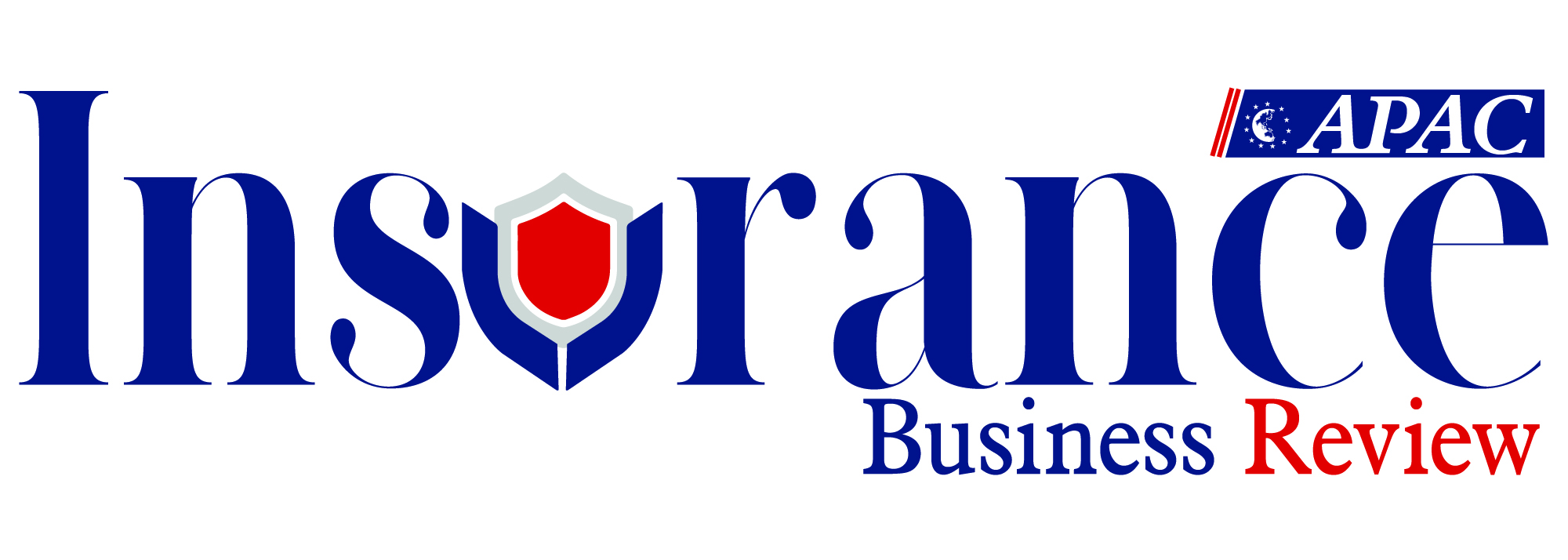Thank you for Subscribing to Insurance Business Review Weekly Brief
Flood Insurance: Expanding Coverage to Meet Growing Challenges

By
Insurance Business Review | Monday, June 09, 2025
Stay ahead of the industry with exclusive feature stories on the top companies, expert insights and the latest news delivered straight to your inbox. Subscribe today.
The commercial flood insurance sector, a beacon of resilience, is in a state of evolution. It is adeptly navigating a confluence of escalating climatic risks, rapid technological advancements, and shifting market demands. This vital segment of the insurance industry is undergoing significant transformation, aiming to provide more accurate, accessible, and comprehensive protection against an increasingly prevalent peril. The market, projected to grow substantially in the coming years, is characterized by a blend of established programs and burgeoning private solutions, all striving to address the growing need for financial resilience in the face of widespread flood events.
Market Dynamics and Growth Trajectories
The commercial flood insurance market is valued at approximately $14.43 billion and is projected to reach $30.73 billion by 2029. This robust growth, with a compound annual growth rate (CAGR) of over 20 percent from 2025 to 2029, is primarily driven by the increasing frequency and severity of flood events globally. Businesses, realizing the significant financial impact of even minor flooding, are increasingly seeking comprehensive coverage to protect their assets and ensure business continuity. This growing awareness, coupled with the expansion of insurance markets, is fueling the demand for specialized flood insurance products.
While traditional avenues, such as government-backed programs, continue to be significant, the private flood insurance market is experiencing a notable surge. This shift is partly due to regulatory developments that are fostering a more competitive landscape, providing businesses with more choice in their coverage options. The increasing availability of private flood insurance solutions, often offering tailored policies and higher limits than standard government programs, is contributing to the overall expansion of the market.
Innovations in Product Offerings
The commercial flood insurance industry is witnessing a significant wave of innovation in its product offerings, moving beyond traditional indemnity-based policies to more agile and responsive solutions. A prominent development is the rise of parametric insurance. Unlike conventional policies that require extensive damage assessments before payouts, parametric flood insurance provides predefined compensation when specific, measurable triggers are met, such as exceeding a certain rainfall intensity or water level threshold. This innovation is crucial for businesses as it enables faster payouts, facilitating quicker recovery and minimizing downtime.
Beyond parametric solutions, there's a growing emphasis on sustainable insurance products. These offerings often incentivize businesses to adopt climate adaptation measures, such as rebuilding with eco-friendly materials or investing in renewable energy sources after a flood event. This aligns with broader environmental responsibility movements and contributes to long-term resilience. Furthermore, insurers are increasingly offering combined coverage options, enabling businesses to secure protection for both their building structures and contents under a single policy. The maximum coverage limits available through various providers are also evolving, with many private insurers offering higher limits than those traditionally seen in government-backed programs, catering to businesses with significant asset values. There is also a growing focus on providing coverage for business interruption losses due to flooding, a critical need for continuity that's often not covered by standard flood policies.
Technological Advancements in Risk Assessment and Underwriting
Technology is fundamentally reshaping how flood risk is assessed and underwritten in the commercial sector. Advanced analytical tools and data sources are enabling insurers to gain a more precise understanding of flood exposure, resulting in more accurate pricing and tailored policies.
AI-driven risk assessments are at the forefront, improving underwriting accuracy by leveraging vast datasets including historical flood data, real-time satellite imagery, and weather patterns. This allows for a more granular understanding of risk at the individual property level. Updated floodplain mapping, often utilizing high-resolution geographic information systems (GIS) and remote sensing technologies such as LiDAR, is expanding the identification of high-risk zones and providing more detailed flood hazard calculations. These advancements include explicit modeling of various flood types, such as riverine, surface water, and coastal flooding, and even account for building characteristics like basements and first-floor heights, which significantly influence vulnerability.
The integration of climate change models into risk assessment is becoming standard practice. This allows insurers to project future flood scenarios and adjust underwriting accordingly, moving beyond reliance solely on historical data. Predictive analytics are also enabling businesses to anticipate and prepare for climate-related disruptions with greater precision.
Regulatory Landscape and Future Outlook
The regulatory landscape for commercial flood insurance is continually evolving, with ongoing efforts to refine flood hazard determinations and promote greater flood preparedness. Public policy levers are increasingly being used to incentivize risk reduction measures, which can, in turn, influence insurance availability and pricing. There's a global trend towards emphasizing an individual business's responsibility for risk transfer and disaster recovery, often through a combination of public and private sector involvement.
The future outlook for commercial flood insurance services points towards continued innovation and expansion. The increasing involvement of capital markets through instruments such as insurance-linked securities and catastrophe bonds is stabilizing the reinsurance market and increasing the available capacity for direct insurers. This enhanced capacity makes it easier for businesses, even those with complex risk profiles, to secure coverage.
The trend towards digital platforms and insurtech innovations is making it easier for businesses to access, purchase, and manage flood insurance policies. Automated claims processing systems, powered by data analytics and digital tools, are streamlining the claims handling experience. As climate change continues to impact weather patterns, the demand for comprehensive and adaptable commercial flood insurance solutions will only intensify. The industry's unwavering commitment to fostering resilience through sophisticated risk management and proactive coverage strategies is genuinely inspiring.
More in News






